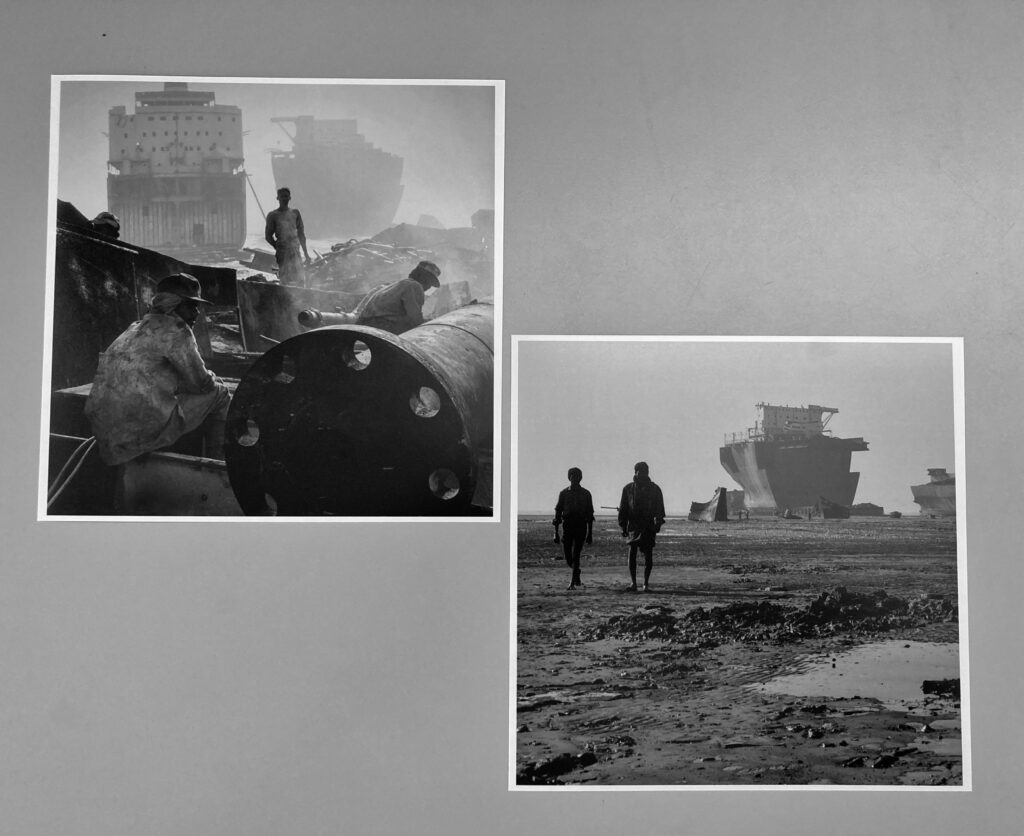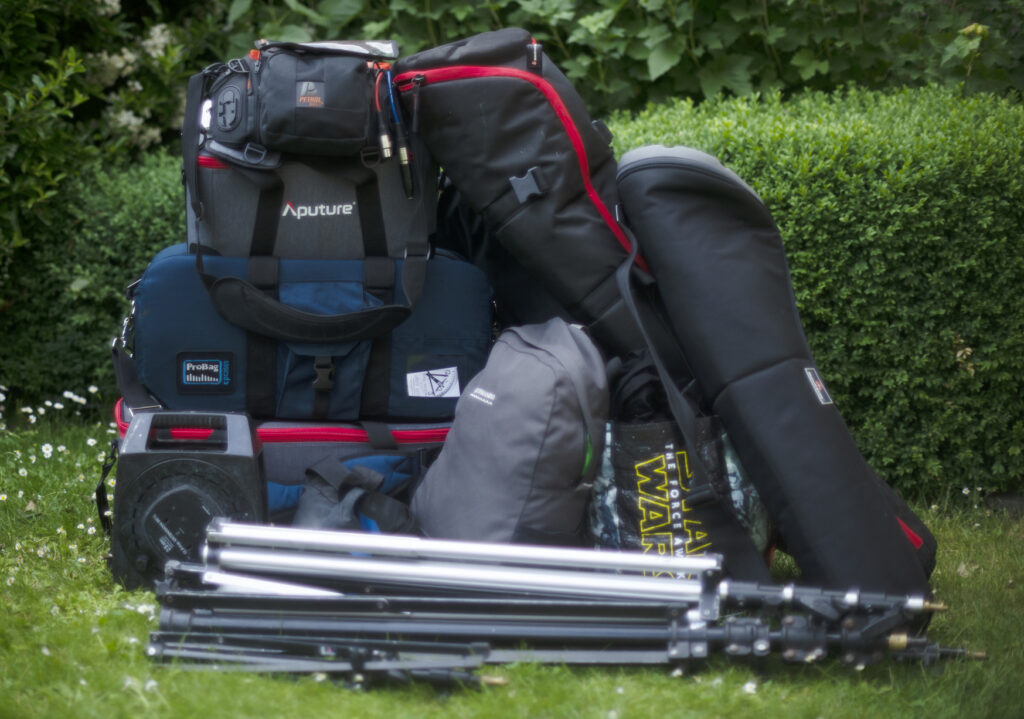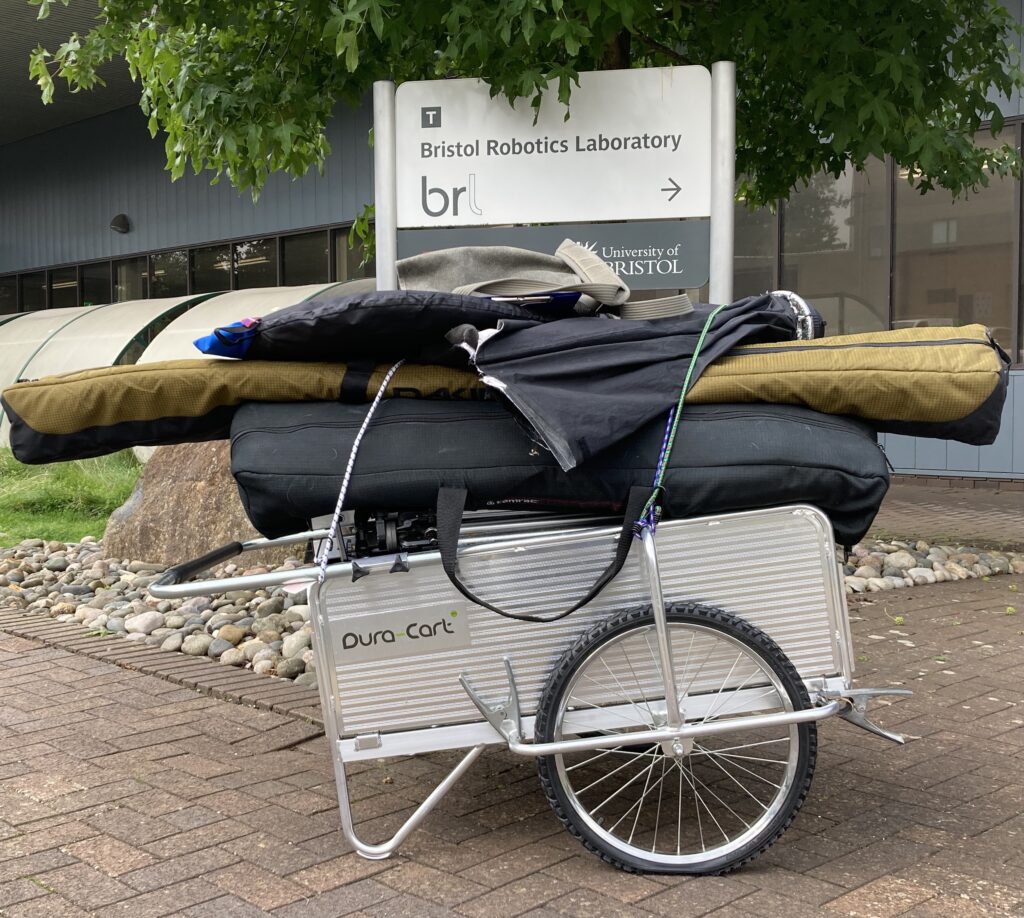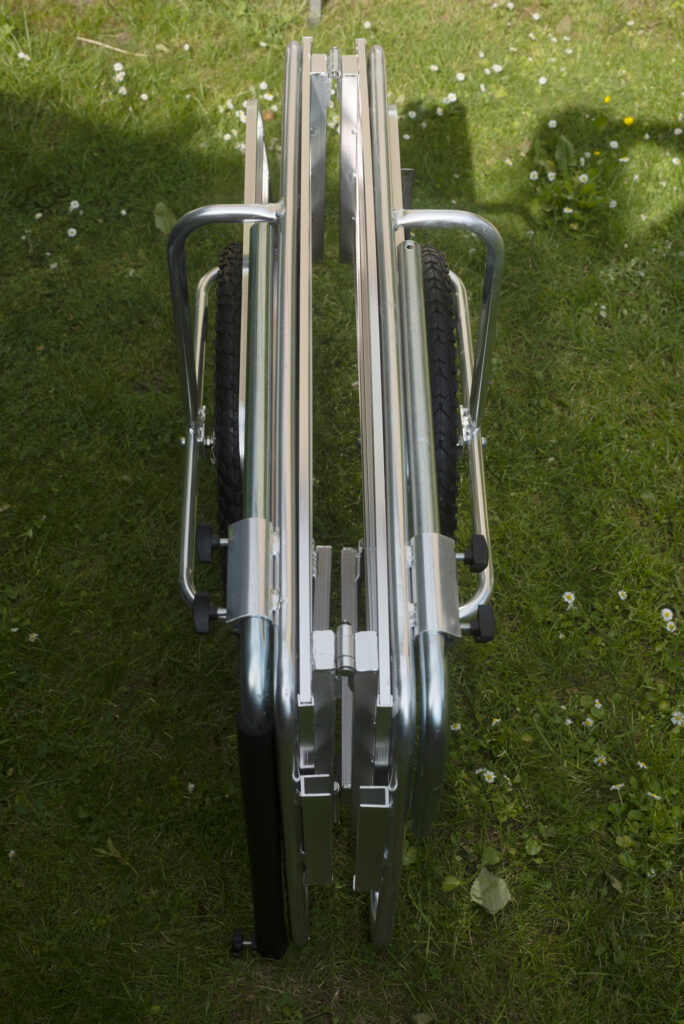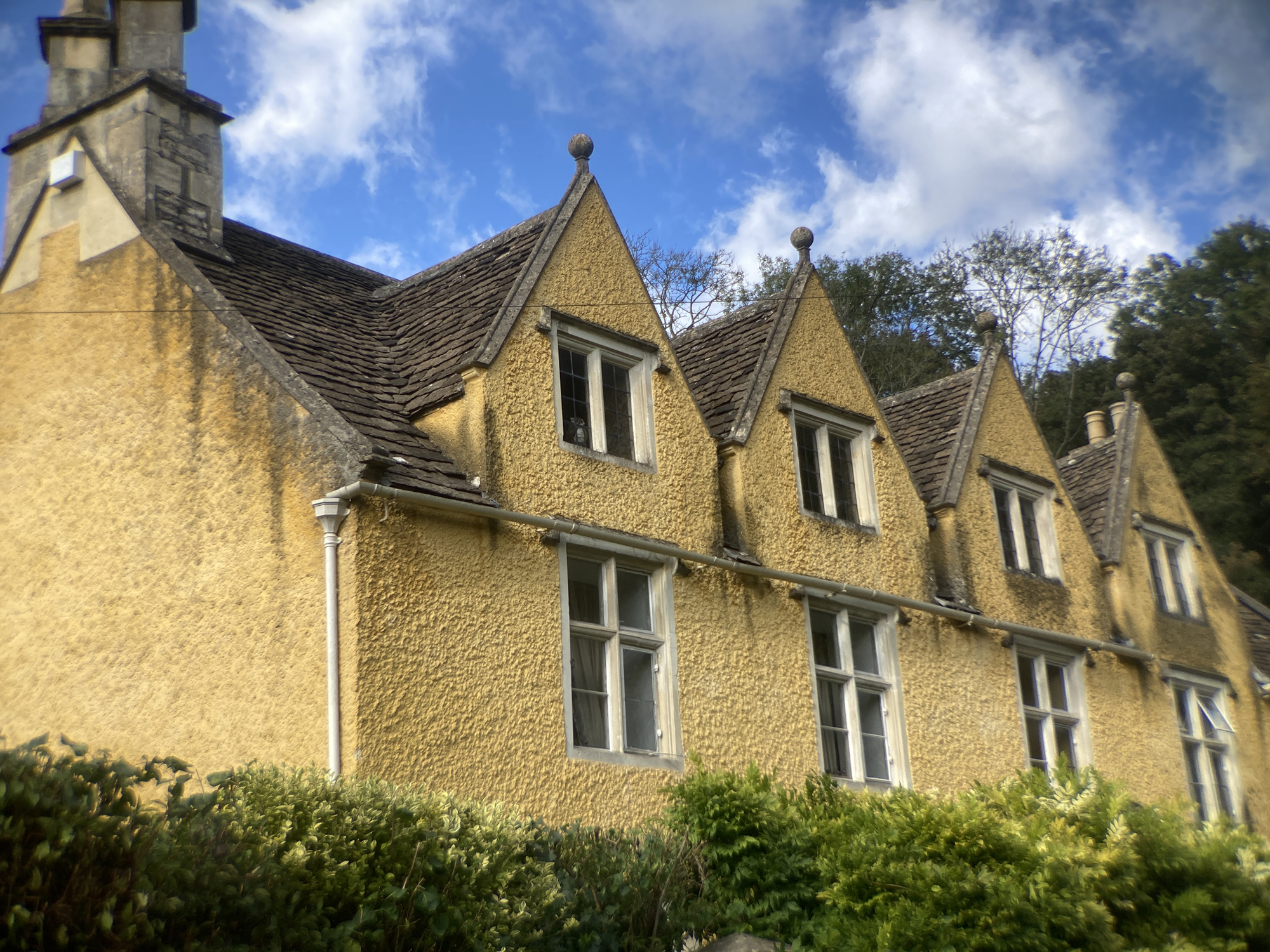Print sales
I am now selling prints directly as part of the Artists Support Pledge. As part of the scheme, I have both sold some of my work and bought a couple of amazing prints by other artists. The project supports artists during these difficult times. If you would like to search for work that is being sold under the scheme. search for #artistsupportpledge in Instagram.
You can see some of the prints I am selling on my Print Sales page, I am currently selling two 20cm x 20cm prints from my Bangladesh Ship Breakers project for £105 before P&P. If you don’t mind acrylic rather than glass theses prints look great in Ikea frames. If you are interested in any of the images on the site just let me know.
